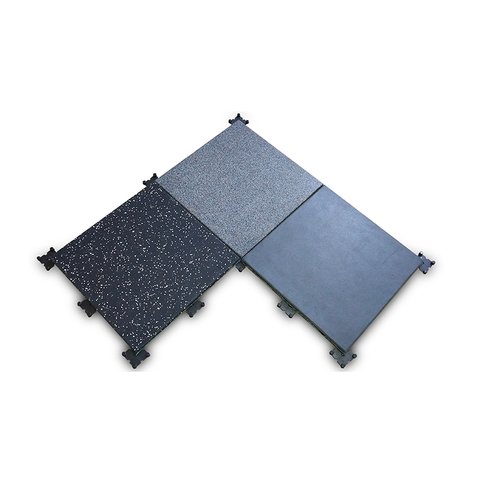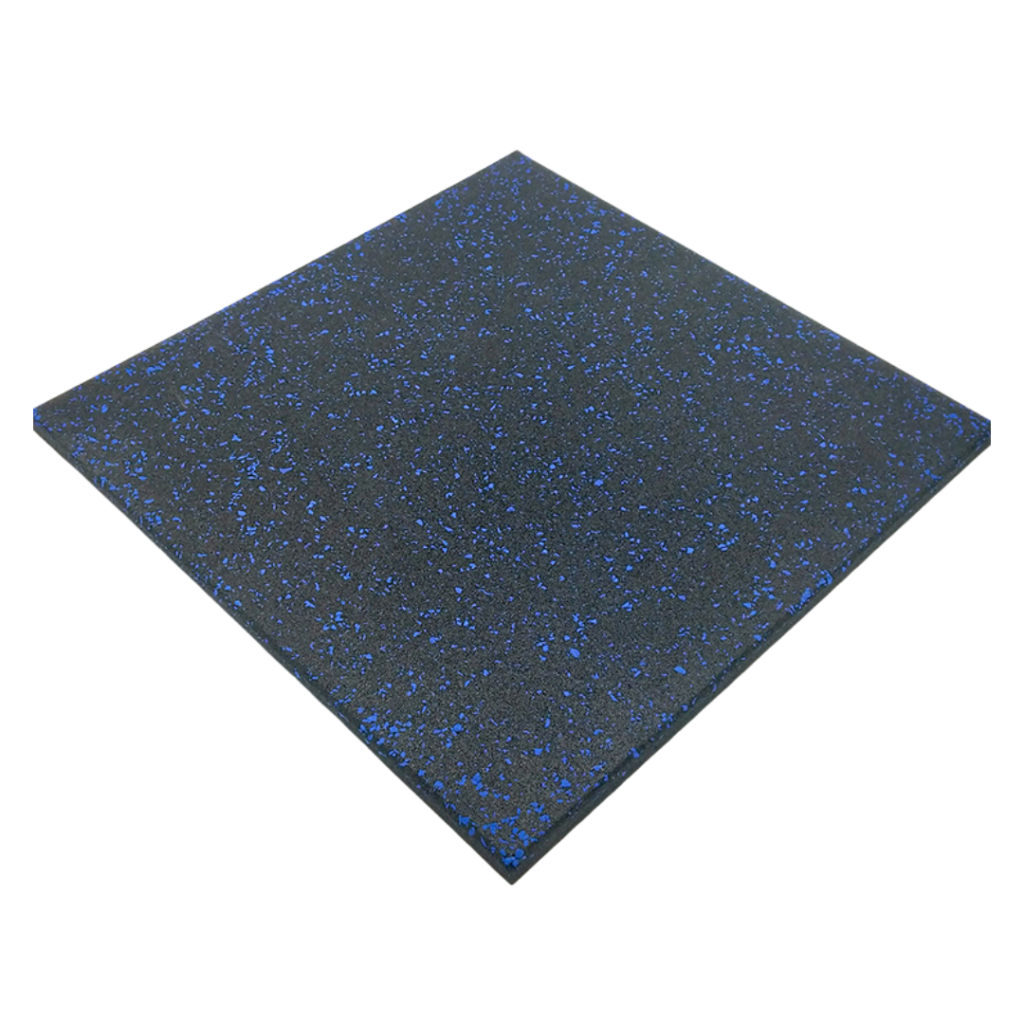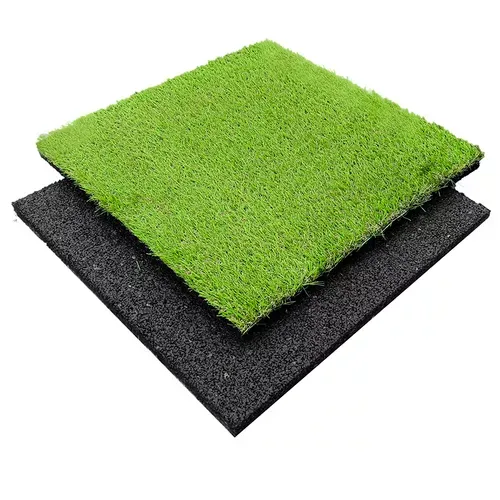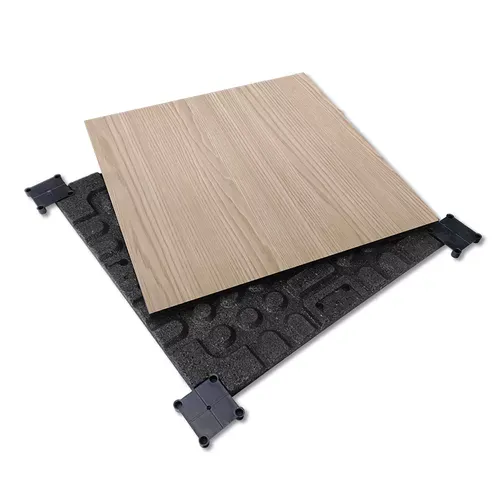The Complete Guide to Gym Rubber Flooring 2025
When setting up or renovating a gym, flooring is often overlooked. Yet it’s the one investment that affects every workout, every step, and every customer’s safety. Choosing the right gym rubber flooring is not just about aesthetics—it’s about durability, comfort, noise control, and protecting both people and equipment.
This 2025 guide will help you understand the main types of gym rubber flooring, common mistakes to avoid, and how to select a reliable supplier in China.
Why Proper Gym Flooring Matters
A gym without proper flooring faces problems that go far beyond appearance:
- Noise complaints: Dropping weights on hard floors creates disturbing echoes.
- Slipping risks: Smooth or low-quality floors increase the chance of injury.
- Floor damage: Tiles that crack, crumble, or shed granules quickly become unsafe.
- Hygiene issues: Poorly designed floors trap dirt, sweat, and bacteria.
👉 Good flooring not only prevents accidents but also improves member experience, protecting your investment in equipment and reputation.
Main Types of Gym Rubber Flooring
Today’s gyms use a variety of rubber flooring solutions. Each type has its strengths depending on the workout zone and budget.
1. General Composite Rubber Tile (Rubber Roll Surface)
Description
A rubber roll surface laminated on a rubber tile base. Combines the durability of rolls with the impact protection of tiles.

Parameters
- Size: 500×500mm or 1000×1000mm
- Thickness: 20–50mm
- Top surface: rubber roll layer
- Base: high-density SBR rubber
Applications
- Weightlifting zones where barbells and dumbbells are dropped
- CrossFit areas with high-intensity movements
- Heavy-duty zones needing extra stability
Advantages
- Excellent shock absorption
- Smooth surface, easy to clean
- Cost-effective compared to full EPDM
Considerations
- Heavier weight requires professional installation
- Limited color customization
📌 Learn more: Composite Gym Rubber Tile
2. Tiny Granule Rubber Tile (Full Granule Tile)
Description
Made entirely from fine SBR granules, pressed under high pressure. Known for its durability and wear resistance.

Parameters
- Size: 500×500mm or 1000×1000mm
- Thickness: 20–50mm
- Material: fine SBR granules throughout
Applications
- Commercial gyms with high traffic
- Sports clubs and training centers
- Weight zones where long-term wear resistance is critical
Advantages
- Highly durable, resists crumbling or dusting
- Better longevity compared to composite tiles
- Suitable for heavy commercial use
Considerations
- Slightly higher cost than composite tiles
- Limited flexibility in surface finishes
📌 Learn more: Tiny Granule Rubber Tile
3. Grass Fiber Composite Rubber Tile
Description
A hybrid product with artificial turf on top of a rubber tile base. Provides the feel of natural grass with the safety of rubber.

Parameters
- Size: 500×500mm or 1000×1000mm
- Thickness: 25–40mm
- Top surface: synthetic turf fibers
- Base: SBR rubber tile
Applications
- Functional training lanes for sled pushes
- Outdoor gyms exposed to weather
- Agility training zones requiring a turf-like surface
Advantages
- Realistic turf experience for functional workouts
- Shock-absorbing base prevents joint stress
- Suitable for indoor or outdoor use
Considerations
- Requires more frequent cleaning due to turf fibers
- Higher upfront cost compared to standard tiles
4. PVC Composite Rubber Tile
Description
A PVC wear layer bonded with a rubber tile base. Designed for easy maintenance and modern aesthetics.

Parameters
- Size: 500×500mm
- Thickness: 20–30mm
- Top surface: PVC (wood grain or plain finish)
- Base: rubber tile
Applications
- Yoga studios and multipurpose training rooms
- Gym reception and office areas
- Spaces that require both design and easy cleaning
Advantages
- Easy to clean and stain-resistant
- Attractive finishes like wood grain or sleek solid colors
- Comfortable for light exercise and barefoot activities
Considerations
- Not suitable for heavy weightlifting zones
- Higher cost compared to standard rubber tiles
Matching Flooring to Gym Areas
Each zone in a gym has different requirements. Choosing the wrong flooring here leads to safety issues or early replacements.
| Gym Area | Recommended Flooring | Why It Works |
|---|---|---|
| Weightlifting Zones | Composite or tiny granule tiles (30–50mm thick) | Handles heavy weights, prevents subfloor damage |
| Functional Training | Grass fiber composite tiles | Turf-like feel for sled pushes & agility drills |
| Yoga & Multipurpose Rooms | PVC composite tiles | Easy to clean, softer feel |
| Reception & Office | PVC composite or thin rolls | Aesthetic look, light-use durability |
Buying Guide: How to Identify Quality Suppliers
Not all suppliers are the same. Some use recycled rubber to cut costs, leading to bad odor and poor performance. Here’s how to avoid costly mistakes:
- Check for Smell
- A strong burnt-rubber odor often signals recycled material.
- Inspect Granules
- Quality tiles have consistent granule size and smooth cut edges.
- Request Certifications
- Assess Production Capacity
- Reliable factories have multiple production lines to guarantee on-time delivery.
- Ask for Samples
- Testing a sample in your gym helps verify durability and odor control.
📌 Related Reading: 2025 Distribution of Gym Rubber Flooring Suppliers in China
Installation Methods
- Loose Lay – Simple, quick setup, best for temporary areas.
- Glue Down – Permanent, stable, preferred for high-traffic areas.
- Interlocking System – DIY-friendly, ideal for puzzle tiles, easy to remove or replace.
Tip: Always install on a clean, dry, and level surface for maximum durability.
Maintenance & Cleaning
- Sweep or vacuum daily to remove dust and chalk.
- Mop weekly with neutral pH cleaner.
- Avoid harsh chemicals or bleach.
- Inspect edges and seams regularly; replace damaged tiles promptly.
With proper care, high-quality gym flooring lasts 7–10 years, even in heavy-use zones.
Certifications That Matter
For international buyers, certifications are not optional—they are the key to smooth customs clearance and customer trust:
- CE – European market compliance.
- EN1177 – Impact attenuation, fall safety.
- REACH – Restricts harmful chemicals for EU compliance.
- PAHs Testing – Ensures flooring is safe and non-toxic.
Why Choose Lanhefloor?
At Lanhefloor (Guangzhou), we specialize in manufacturing high-quality gym flooring trusted by clients worldwide:
- Full Product Range: Composite tiles, tiny granule tiles, grass fiber composite, PVC composite, and rolls.
- Advanced Capacity: 5 production lines, bulk orders handled with stable output.
- Global Certifications: CE, EN1177, REACH, PAHs.
- International Markets: North America, Europe, Australia, Japan, Middle East, Southeast Asia.
- One-Stop Service: OEM/ODM customization, fast sampling, logistics support.
📩 Request a free sample and quotation – Work with a partner who values safety, quality, and reliability.
FAQs About Gym Rubber Flooring
Q1: What thickness should I choose?
A: Heavy weight zones require 30–50mm tiles. For cardio and yoga areas, 6–12mm rolls or PVC composite tiles are enough.
Q2: Does rubber flooring have a strong smell?
A: High-quality rubber flooring has minimal odor. Lanhefloor products comply with REACH and PAHs, ensuring safe use.
Q3: Can gym rubber flooring be used outdoors?
A: Yes. Grass fiber composite and EPDM-based products are suitable for outdoor gyms and functional training areas.
Q4: How do I clean gym rubber flooring?
A: Daily sweeping and weekly mopping with neutral cleaners are enough. Avoid strong chemicals to preserve surface quality.
Q5: How long does it last?
A: With proper care, quality flooring can last 7–10 years in commercial gyms.
Conclusion
In 2025, gym rubber flooring continues to be the safest, most durable, and most versatile option for fitness facilities. By understanding the differences between composite tiles, tiny granule tiles, grass fiber composite, and PVC composite options, you can match the right flooring to each gym zone.
With Lanhefloor, you get certified, eco-friendly, and long-lasting flooring solutions backed by years of international project experience.
📩 Contact Lanhefloor today for expert advice and tailored quotations.
